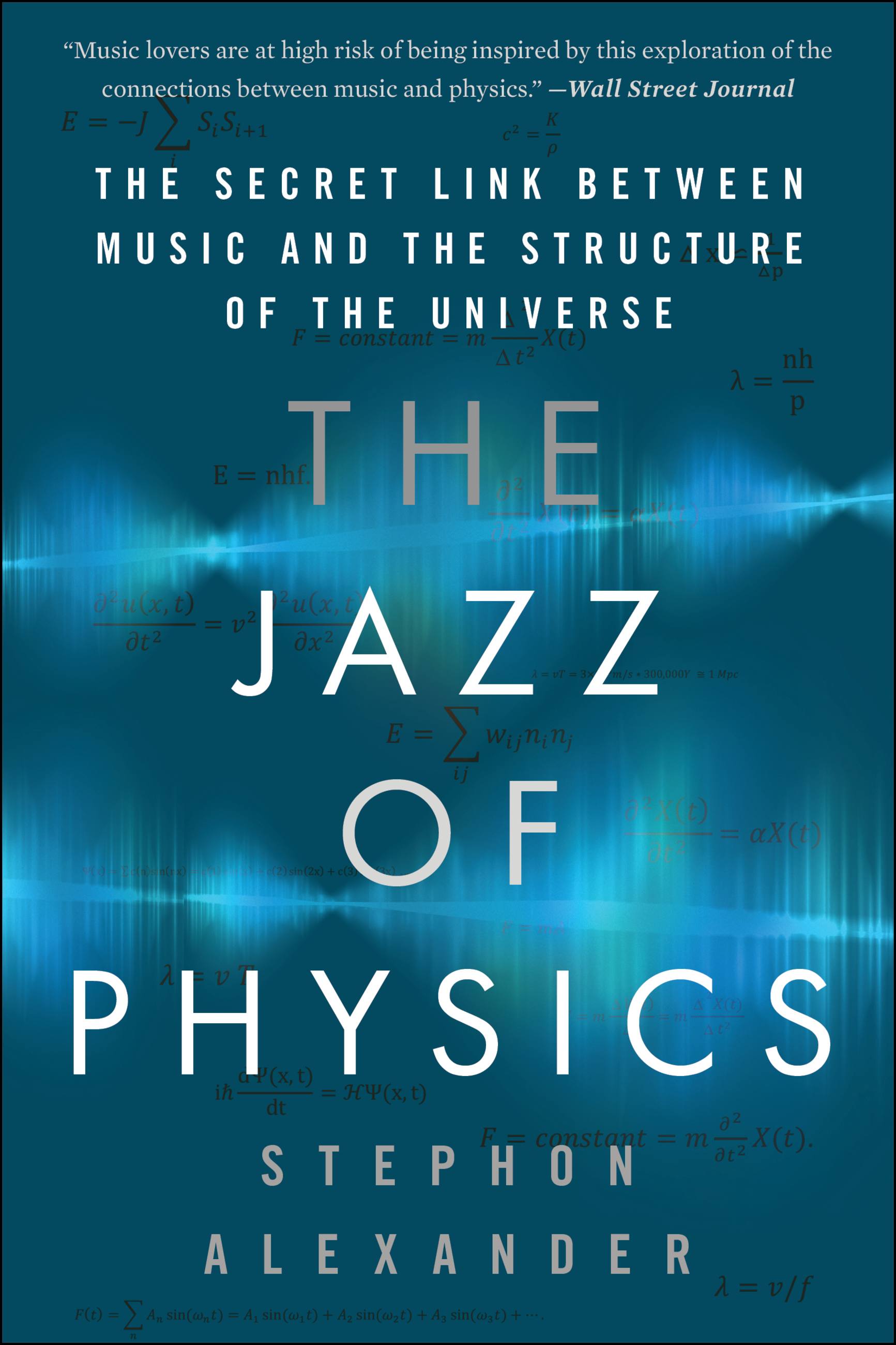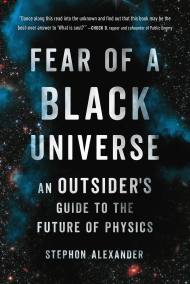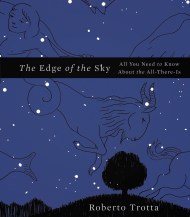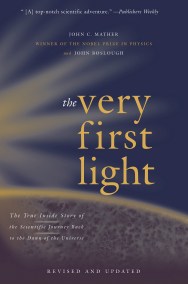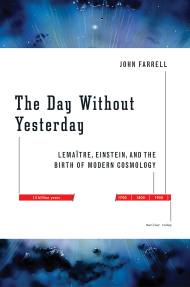Promotion
25% off sitewide. Make sure to order by 11:59am, 12/12 for holiday delivery! Code BEST25 automatically applied at checkout!
By clicking “Accept,” you agree to the use of cookies and similar technologies on your device as set forth in our Cookie Policy and our Privacy Policy. Please note that certain cookies are essential for this website to function properly and do not require user consent to be deployed.
The Jazz of Physics
The Secret Link Between Music and the Structure of the Universe
Contributors
Formats and Prices
- On Sale
- Dec 5, 2017
- Page Count
- 272 pages
- Publisher
- Basic Books
- ISBN-13
- 9780465093571
Price
$18.99Price
$24.99 CADFormat
Format:
- Trade Paperback $18.99 $24.99 CAD
- ebook $13.99 $17.99 CAD
This item is a preorder. Your payment method will be charged immediately, and the product is expected to ship on or around December 5, 2017. This date is subject to change due to shipping delays beyond our control.
Buy from Other Retailers:
More than fifty years ago, John Coltrane drew the twelve musical notes in a circle and connected them by straight lines, forming a five-pointed star. Inspired by Einstein, Coltrane put physics and geometry at the core of his music.
Physicist and jazz musician Stephon Alexander follows suit, using jazz to answer physics’ most vexing questions about the past and future of the universe. Following the great minds that first drew the links between music and physics-a list including Pythagoras, Kepler, Newton, Einstein, and Rakim — The Jazz of Physics reveals that the ancient poetic idea of the “Music of the Spheres,” taken seriously, clarifies confounding issues in physics.
The Jazz of Physics will fascinate and inspire anyone interested in the mysteries of our universe, music, and life itself.
-
"I'll forever be grateful to musician/physicist Stephon Alexander.... He'll help you see how our awe-inspiring universe is on a never-ending, cosmological riff."Felix Contreras, NPR, "Best Books of 2016"
-
"Interwoven with solid physics and personal anecdotes, the book does an admirable job of bringing together modern jazz and modern physics."Physics World, Shortlisted for "Book of the Year (2016)"
-
"In the most engaging chapters of this book -- part memoir, part history of science, part physics popularization and part jazz lesson -- Dr. Alexander ventures far out onto the cutting edge of modern cosmology, presenting a compelling case for vibration and resonance being at the heart of the physical structure we find around us, from the smallest particle of matter to the largest clusters of galaxies.... His report on the state of research into the structure and history of the universe -- his own academic field -- makes for compelling reading, as does his life story."Dan Tepfer, New York Times
-
"[Alexander] gives an engaging account of his uncertainties and worries as he made his way in the highly competitive world of theoretical physics, seeking to acquire the 'chops' needed to deal with the formidable mathematics of his day job along with those needed to solo on the sax after dark.... Mr. Alexander's rhapsodic excitement is infectious."Peter Pesic, Wall Street Journal
-
"Marvelous."New Scientist
-
"The book's attempt to bring together modern jazz and modern physics strikes me as admirable.... It is an intriguing comparison, and it certainly seems fresher than drawing analogies between classical music and classical physics.... Time to put on some Coltrane and riff some new research ideas?Trevor Cox, Physics World
-
"Groundbreaking.... [Alexander] illustrates his points with colorful examples, ranging from the Big Bang to the eye of a galactic hurricane."Down Beat
-
"Alexander’s account of his own rise from humble beginnings to produce contributions to both cosmology and jazz is as interesting as the marvelous connections he posits between jazz and physics."Publishers Weekly
Newsletter Signup
By clicking ‘Sign Up,’ I acknowledge that I have read and agree to Hachette Book Group’s Privacy Policy and Terms of Use

